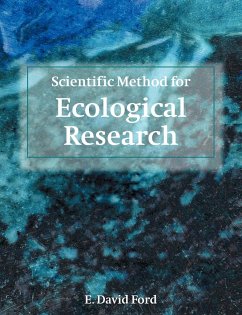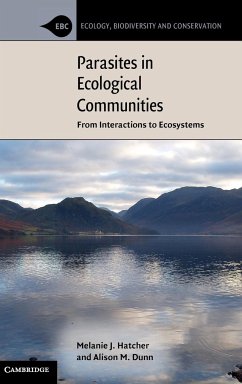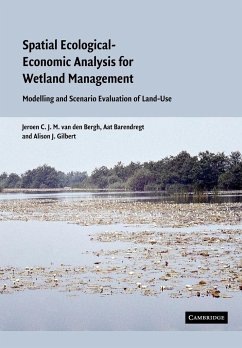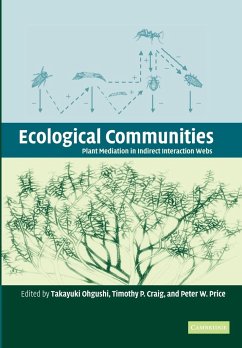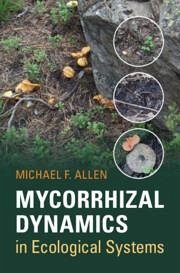
Mycorrhizal Dynamics in Ecological Systems
Versandkostenfrei!
Versandfertig in 1-2 Wochen
126,99 €
inkl. MwSt.
Weitere Ausgaben:

PAYBACK Punkte
63 °P sammeln!
"The Perigord Truffle, Tuber melanosporum Vittad 1831, as of this writing, could be purchased for $19.97 per 14g (0.5oz), or US$1,426 per kg. These "black diamonds" are one of the ultimate human gastronomic experiences. Yet, despite centuries of study by outstanding scientists, the biology of truffles is so poorly understood that they cannot be commercially produced in consistent, meaningful quantities. Most gastronomic truffles still come from individual truffle hunters, working in orchards or wildlands and selling to expert middlemen, then to the international market often through back doors...
"The Perigord Truffle, Tuber melanosporum Vittad 1831, as of this writing, could be purchased for $19.97 per 14g (0.5oz), or US$1,426 per kg. These "black diamonds" are one of the ultimate human gastronomic experiences. Yet, despite centuries of study by outstanding scientists, the biology of truffles is so poorly understood that they cannot be commercially produced in consistent, meaningful quantities. Most gastronomic truffles still come from individual truffle hunters, working in orchards or wildlands and selling to expert middlemen, then to the international market often through back doors (see (375)). Efforts to collect truffles have been undertaken throughout recorded history as Romans, Greeks, Babylonians, Sumerians, and Egyptians all wrote about the fruit of Aphrodite (Aristotle). The complexity of formation, attributed to particular trees, lightning or thunder, or soils led to extensive research during the 19th century, culminating in the funding of the work of Albert Bernhard Frank, a forest pathologist, supported by the King of Prussia. Little did any of the early researchers recognize that the biology of Tuber was only a small, yet complicated piece of a story of a diverse type of symbiosis, that plays a major storyline in biological theory, in the application of agriculture and forestry, and holds keys to how carbon was sequestered in the early earth and provides directions to reducing the global CO2-climate impacts. Truffles, including members of the genus Tuber, are mycorrhizal fungi. That is, they are mutualistic fungi, associated with a limited array of host trees, such as oaks, beeches, and hazelnuts. Being a mutualistic symbiont means that not only is the ecology of the fungus complex, but the ecology of the host is also complex. Adding in the complexity of climate and soils that change over time and space, the association falls into the theoretical construct of biology called biocomplexity"--





